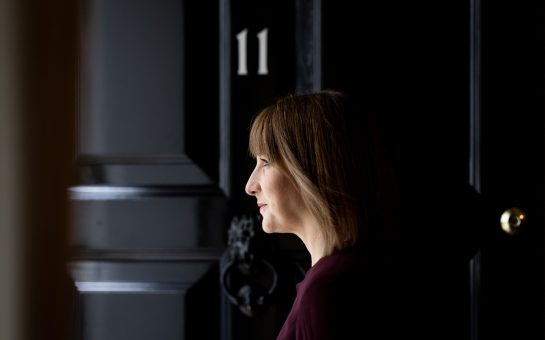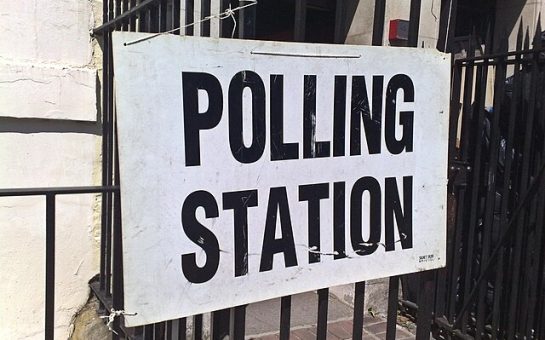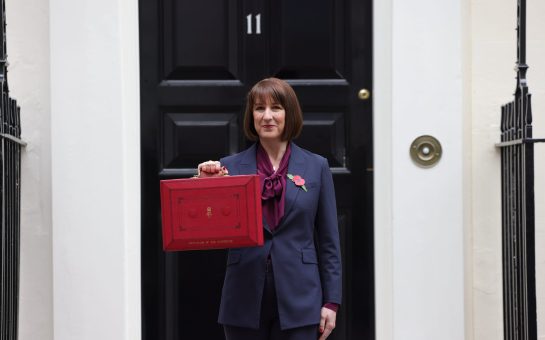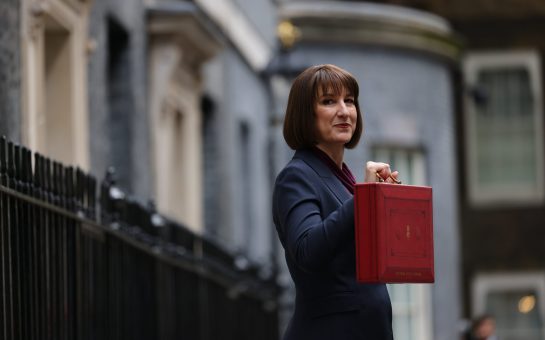The International Olympic Committee yesterday released new guidelines on transgender athlete inclusion.
The 10-point framework is not legally binding and aims to dispel assumptions about trans athlete’s inclusion, urging each federation to work on a case-by-case basis.
The report says that there should be no automatic assumption that a transgender athlete has an unfair advantage over athletes in female events as medical research has often proved different, with testosterone levels no longer deemed as sufficient grounds in deciding whether an athlete has an advantage.
Earlier this year, IOC Medical Director Richard Budgett admitted that the 2015 guidance on transgender athletes in sport was no longer fit for purpose.
With 250 athletes and stakeholders being consulted, the new framework has taken two years to prepare and will be applied after next year’s Beijing Winter Olympics.
Tokyo 2020 saw the inclusion of the first openly transgender and intersex athletes in the Games’ history, with Laurel Hubbard competing for New Zealand in the women’s weightlifting.
Hubbard met all the requirements to compete within the women’s weightlifting event but ended her Olympic programme early after placing last in her group.
The framework’s case-by-case basis will allow competitors to have their own say in the process to ensure that there are no safety risks to their mental or physical health.
“This Framework recognises both the need to ensure that everyone, irrespective of their gender identity or sex variations, can practise sport in a safe, harassment-free environment that recognises and respects their needs and identities,” the IOC said.
The guidance also deems appropriate the Court of Arbitration for Sports’ 2019 findings on athletes with differences of sex development, which lead to South African runner Caster Semenya’s ban from competition.
This announcement comes during transgender awareness week, which takes place from November 13-20.



